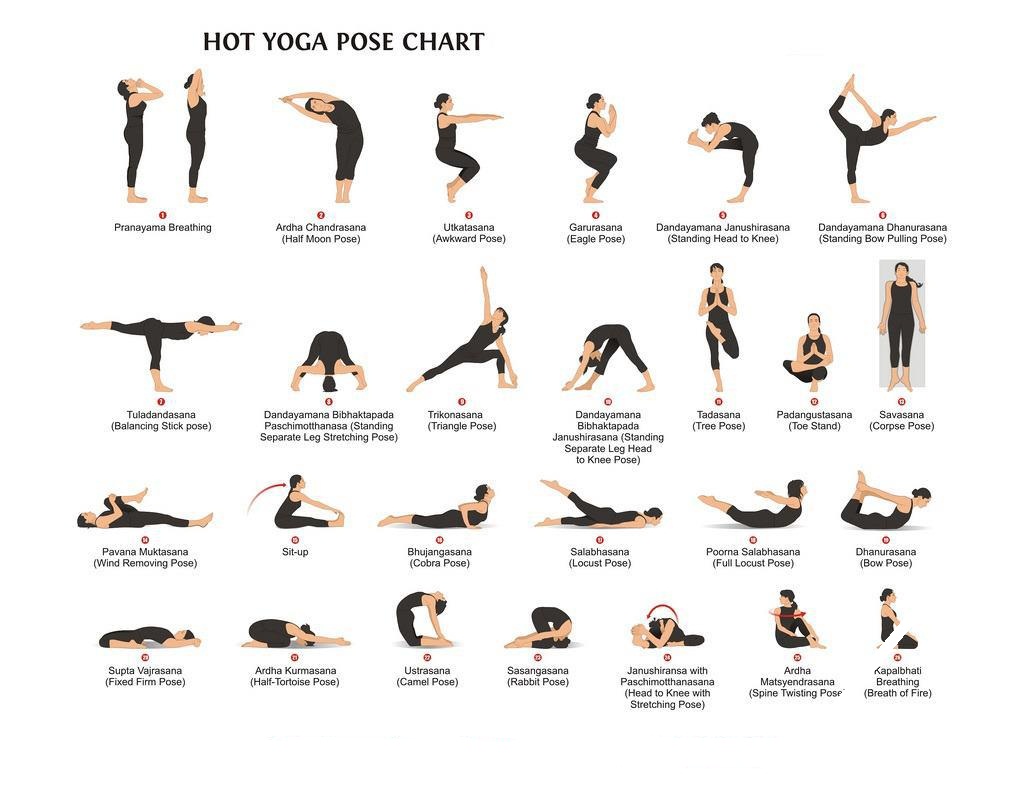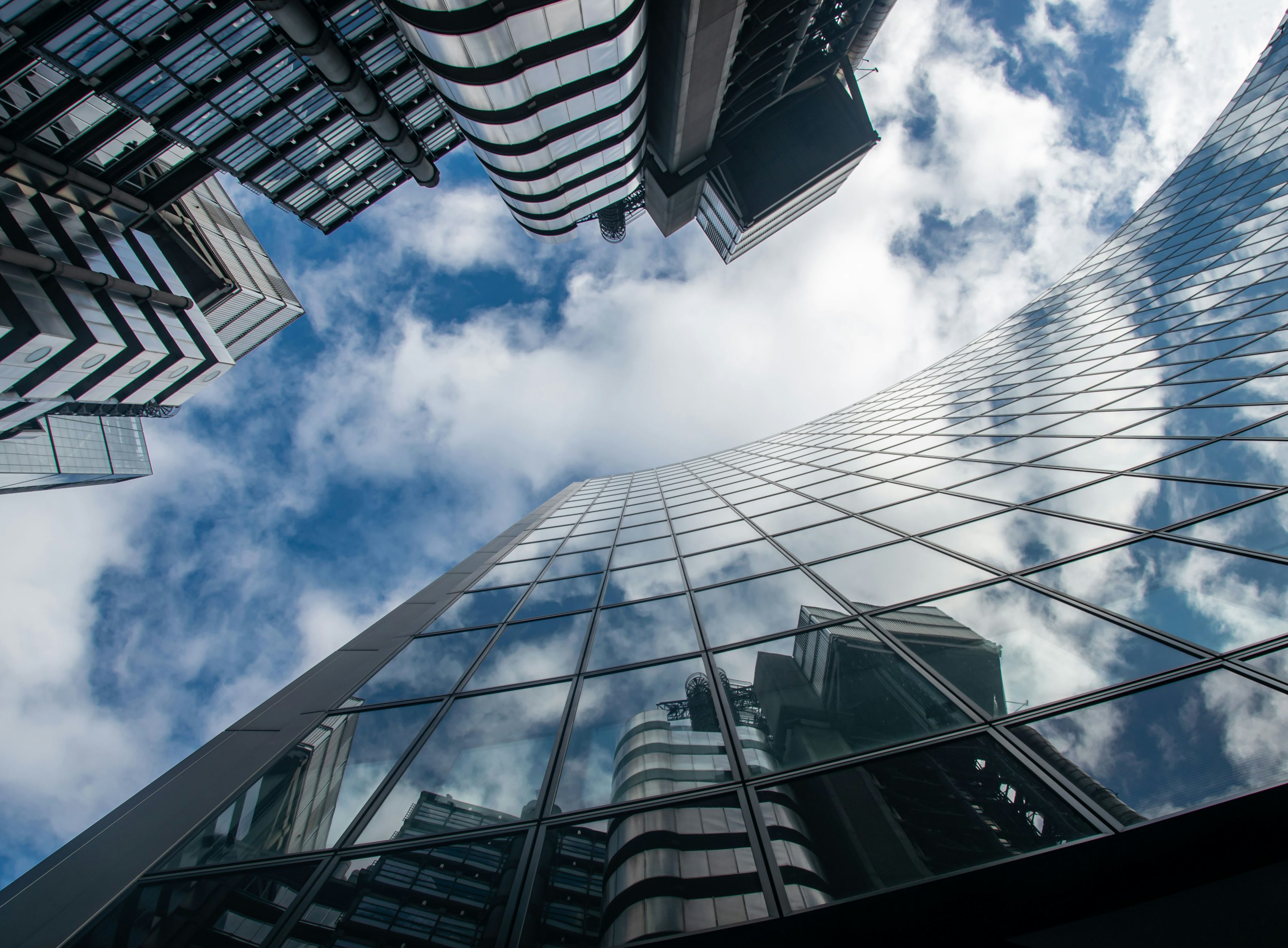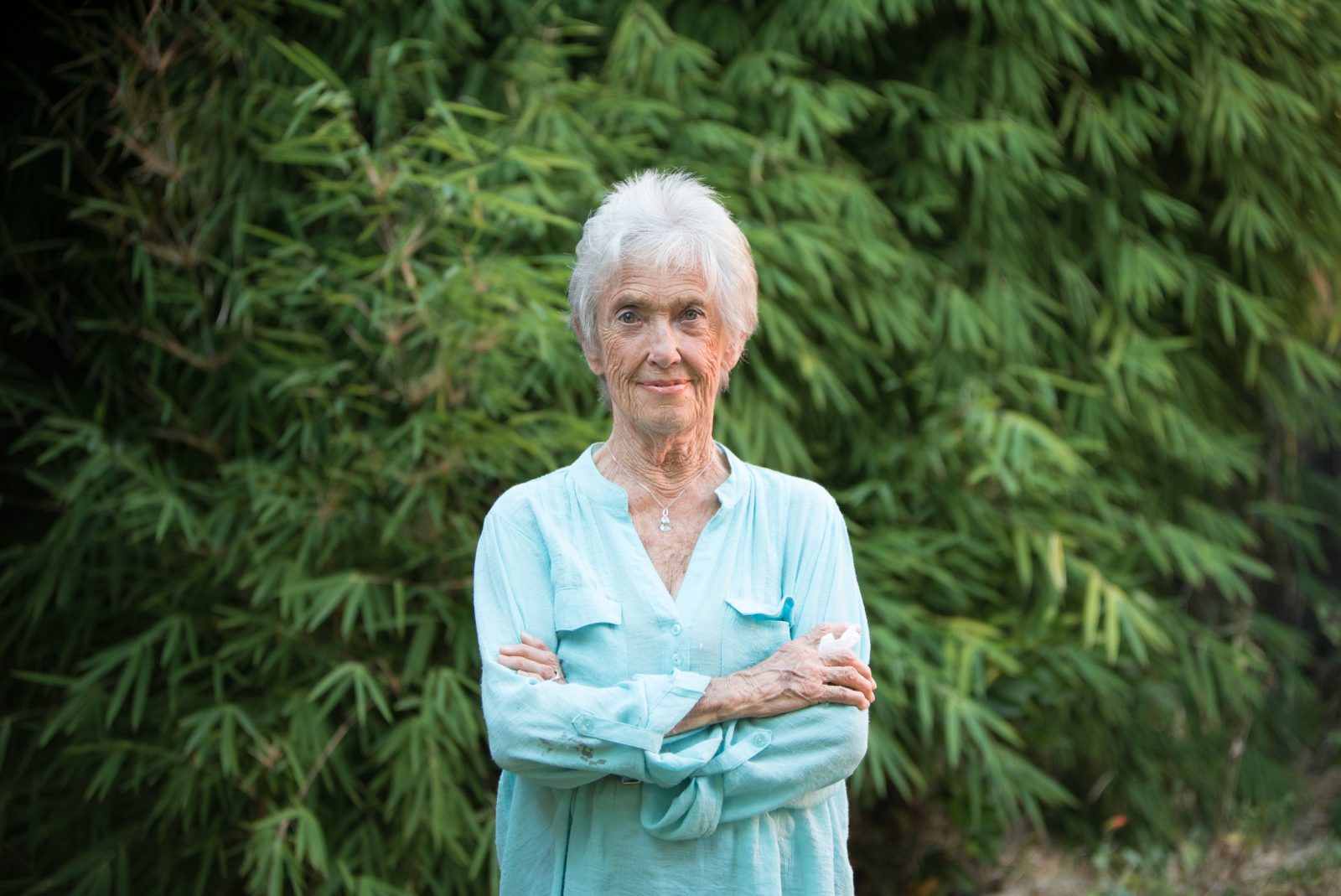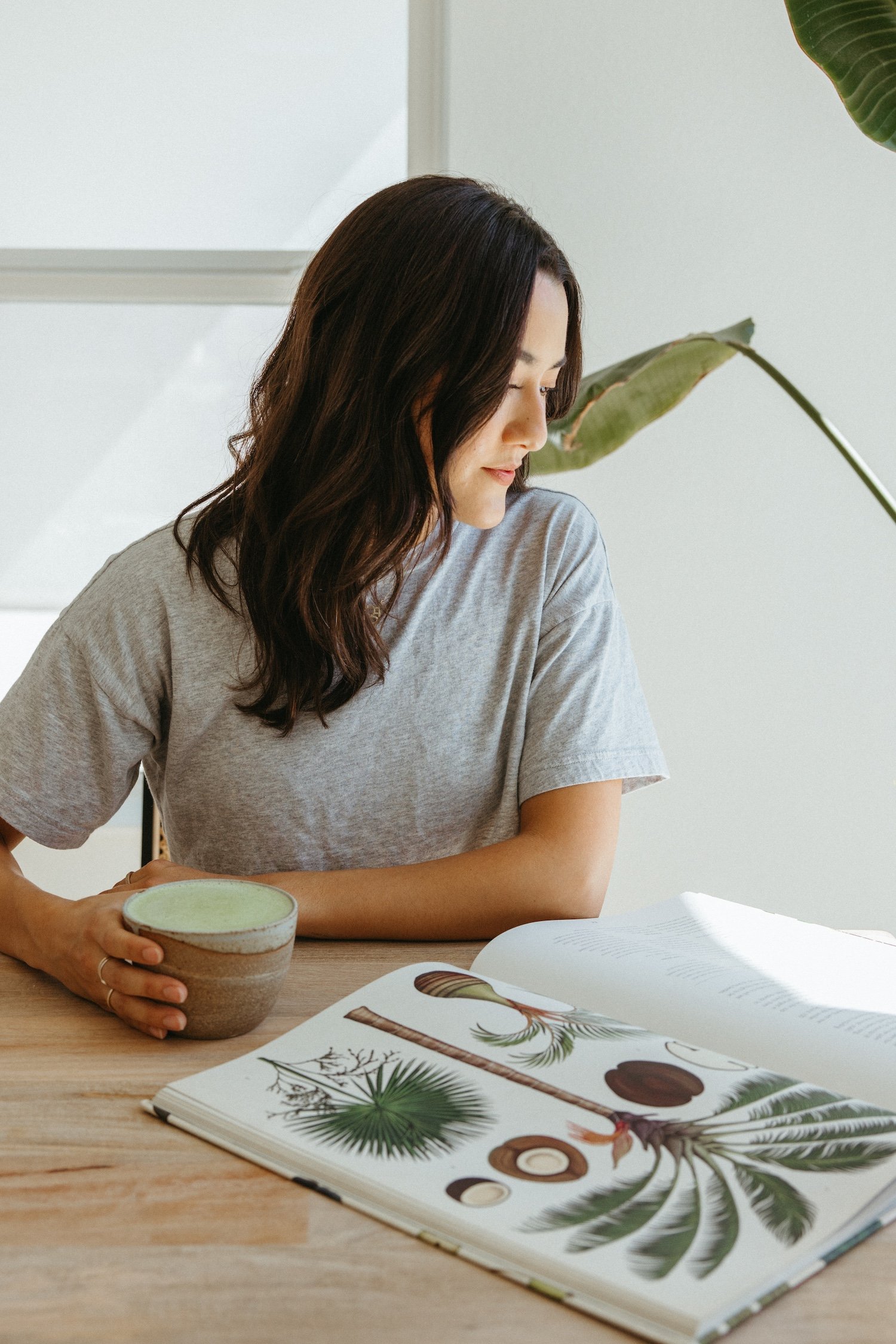Revolved Pyramid for Beginners and Men | A Step-by-Step Tutorial for 2024
Use this variation of Pyramid to improve spinal mobility for twists while strengthening the core and improving hip flexibility. This pose is beneficial for athletes, especially triathletes and runners, to prevent back injuries. It also improves potential strength in...
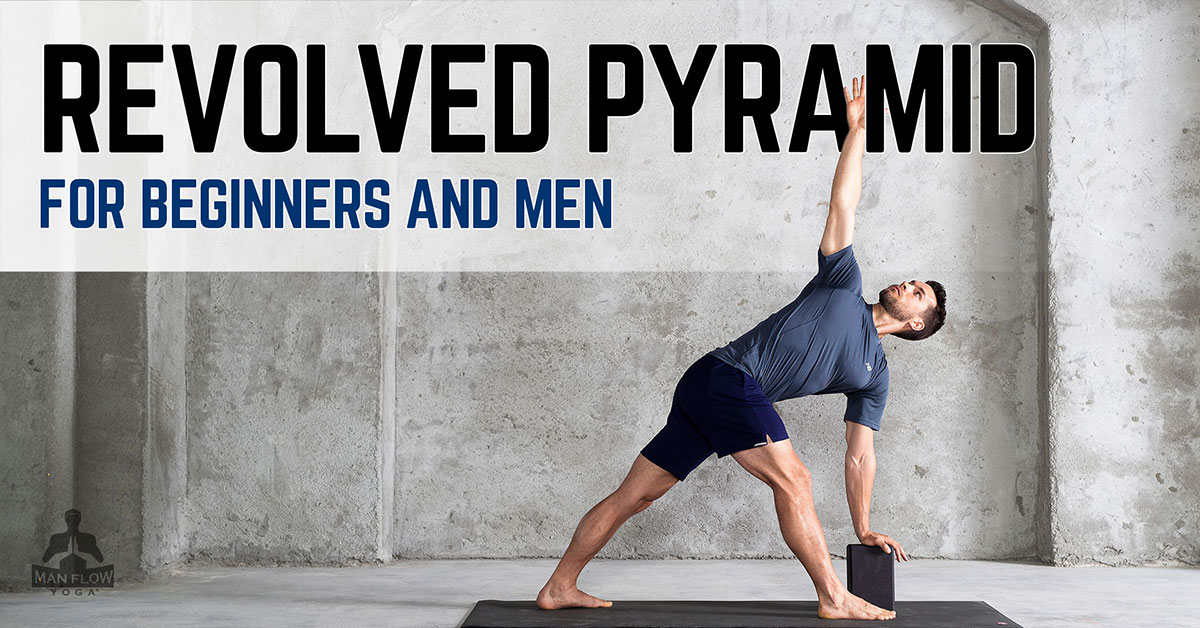
Use this variation of Pyramid to improve spinal mobility for twists while strengthening the core and improving hip flexibility. This pose is beneficial for athletes, especially triathletes and runners, to prevent back injuries. It also improves potential strength in twisting or swinging movements.
Revolved Pyramid Salutation Pose Target Areas
spine core hipsRevolved Pyramid Salutation Pose Benefits
Builds upper-body muscle mass, strength, and endurance Improves push-up form Strengthens wrists and forearmsHow to Do Revolved Pyramid
– click images to enlarge –
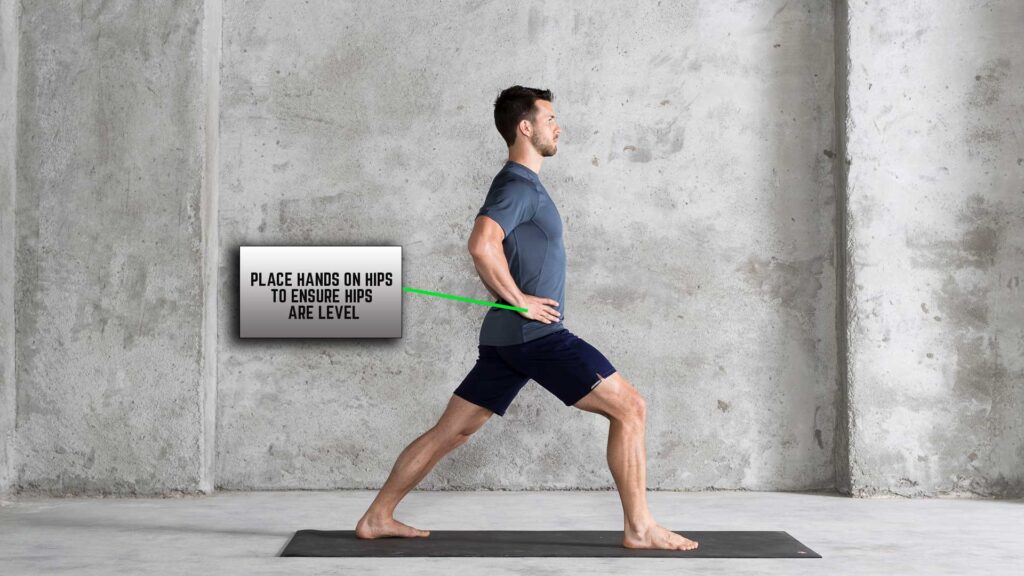 Revolved Pyramid – Step 1
Revolved Pyramid – Step 1 Revolved Pyramid – Step 2
Revolved Pyramid – Step 2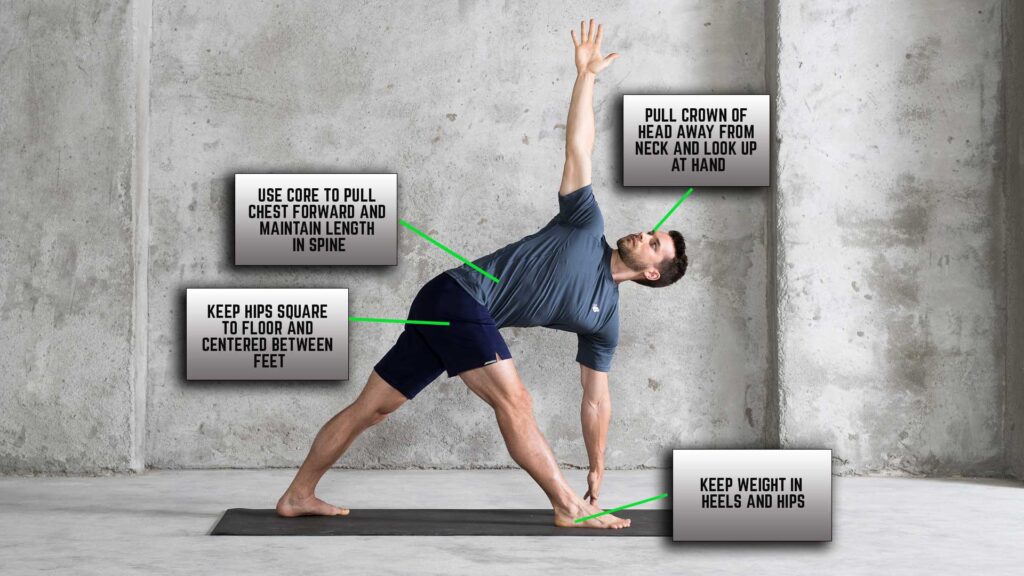 Revolved Pyramid – Step 3
Start in a Warrior 1 stance, with your left foot back and turned out at 45 degrees, right knee bent, and hips facing forward.
Move into Pyramid by hinging at the hips, resting fingertips on the floor, and straightening right leg until you feel a stretch in the right hamstrings. Flatten your back by pulling chest forward. Squeeze legs toward each other. If you cannot keep your back flat while touching the floor, rest left hand on a block.
Roll back your right shoulder and extend your right hand toward the ceiling, opening your chest to the right. Use the left fingertips to help maintain balance. Keep hips squared forward, and squeeze legs toward each other. Hold the posture, inhaling as you pull your chest forward and lengthen the spine, and exhaling as you deepen the twist and engage your core. Repeat on the other side.
Revolved Pyramid – Step 3
Start in a Warrior 1 stance, with your left foot back and turned out at 45 degrees, right knee bent, and hips facing forward.
Move into Pyramid by hinging at the hips, resting fingertips on the floor, and straightening right leg until you feel a stretch in the right hamstrings. Flatten your back by pulling chest forward. Squeeze legs toward each other. If you cannot keep your back flat while touching the floor, rest left hand on a block.
Roll back your right shoulder and extend your right hand toward the ceiling, opening your chest to the right. Use the left fingertips to help maintain balance. Keep hips squared forward, and squeeze legs toward each other. Hold the posture, inhaling as you pull your chest forward and lengthen the spine, and exhaling as you deepen the twist and engage your core. Repeat on the other side.
Cues for Revolved Pyramid
Place hands on hips to ensure hips are level Pull crown of head away from neck and look up at hand Keep weight in heels and hips Keep hips square to floor and centered between feet Use core to pull chest forward and maintain length in spineWHAT YOU SHOULD FEEL
Stretch in right hamstrings and outer thigh Stretch in spine Engagement of both legsWHAT YOU SHOULDN’T FEEL
Discomfort in spine and neck; use core to twist, and maintain maximum length Significant weight in front hand; if so, shift weight to hips and corePRO TIP: To challenge your core and legs, try hovering the planted hand above the floor..
Revolved Pyramid Alternative View
Extend your upper arm as high as possible while keeping your hips level. It’s okay if you cannot rotate as far as shown in the photo.
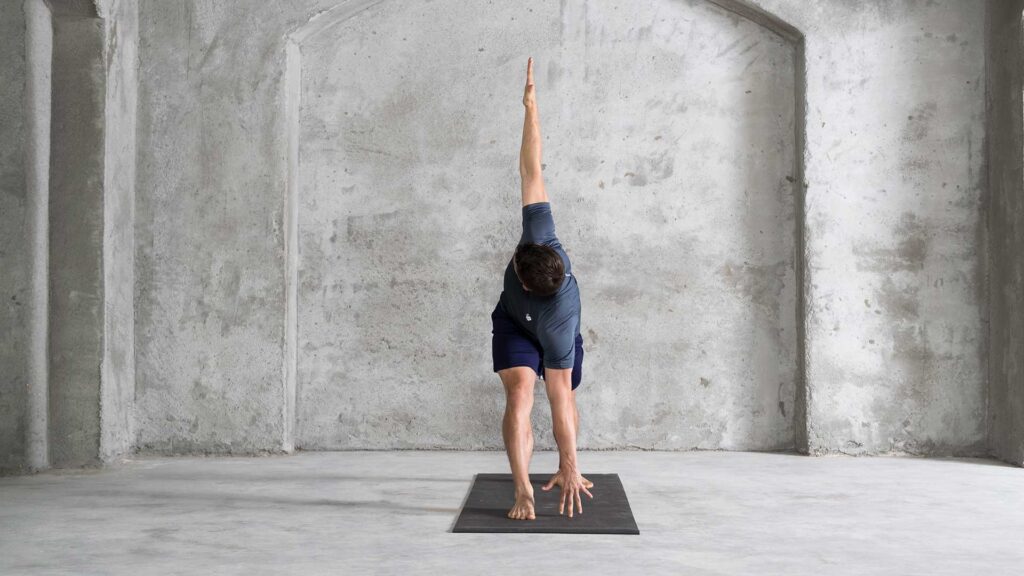 Revolved Pyramid Pose – Side View
Revolved Pyramid Pose – Side ViewREVOLVED PYRAMID MODIFICATION
Use a Block to Bring the Floor up to your hand
 Revolved Pyramid Modification
Revolved Pyramid Modification
About Dean Pohlman, Founder & CEO of Man Flow Yoga, Author of Yoga Fitness for Men, Expert on Yoga Fitness for Men.
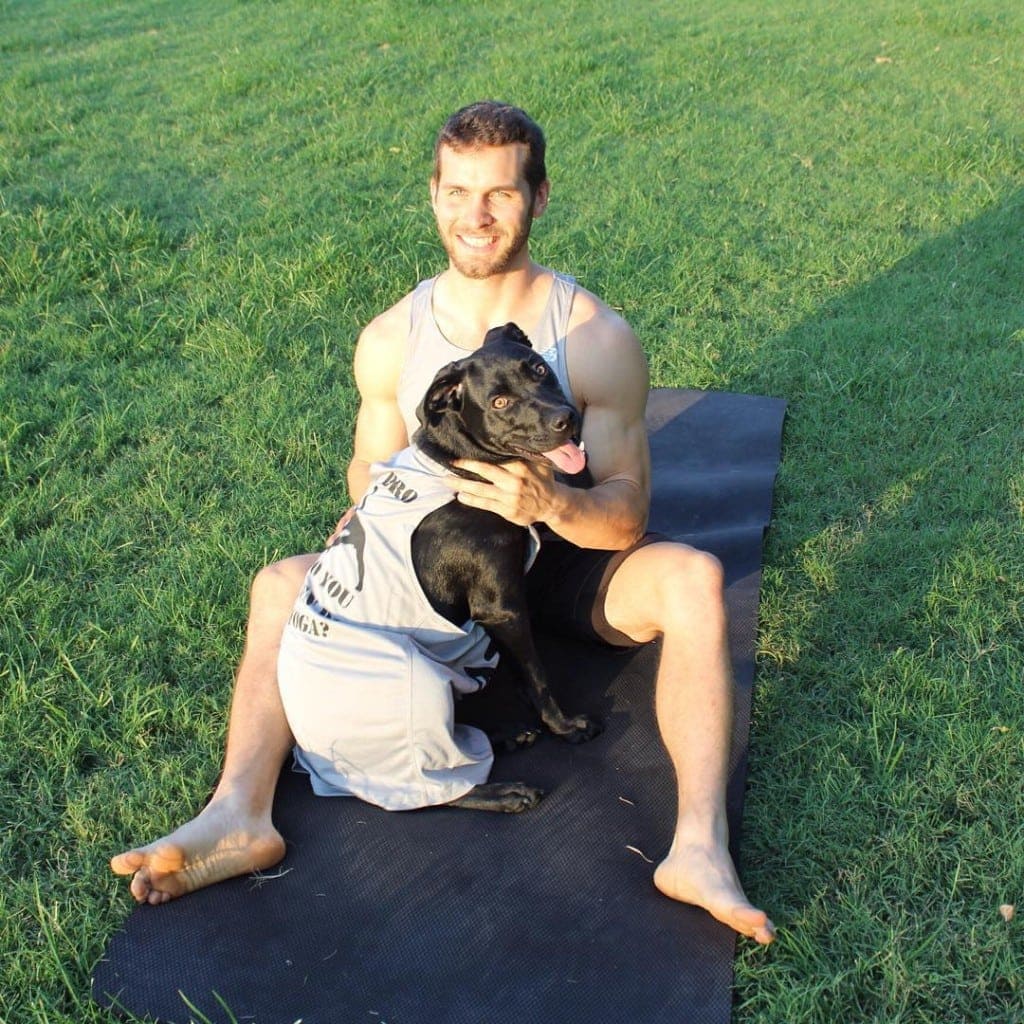
Dean Pohlman is an E-RYT 200 certified yoga instructor and the founder of Man Flow Yoga. Dean is widely considered to be an authority on Yoga for Men. He has worked with physical therapists to create yoga programs for back health and spinal recovery. His workouts and programs have been used by professional and collegiate athletes, athletic trainers, and personal trainers; and have been recommended by physical therapists, doctors, chiropractors, and other medical professionals.
Dean is a successfully published author through DK Publishing (Yoga Fitness for Men), selling 35,000 copies worldwide in English, French, and German; in addition to being a co-producer of the Body by Yoga DVD Series, which has sold over 40,000 copies on Amazon since its release in 2016.
Man Flow Yoga has been featured in Muscle & Fitness Magazine, Mens’ Health, The Chicago Sun, New York Magazine, and many more major news media outlets.
FAQs
What is the difference between revolved pyramid and revolved triangle?
Revolved pyramid and revolved triangle are two distinct yoga poses that involve twisting and stretching, but target different areas of the body, as well as having different alignments. Both poses improve flexibility, strength, and balance, but offer different challenges and benefits depending on your goals.
What are the benefits of revolved pyramid pose?
Revolved Pyramid Pose offers several benefits. Here’s a breakdown of the key benefits:
Improves flexibility
Enhances balance and stability
Strengthens Legs
Increases spinal mobility
Improves digestive functions
Enhances breathing
Why is the revolved pyramid difficult?
Revolved pyramid is difficult because it combines elements of flexibility, balance, strength, and coordination. It’s important to note this a challenging pose. If you’re new to yoga, it’s best to build up to a full revolved pyramid pose. There are also modifications you can you use to help get the benefits of the pose.

 Kass
Kass 












